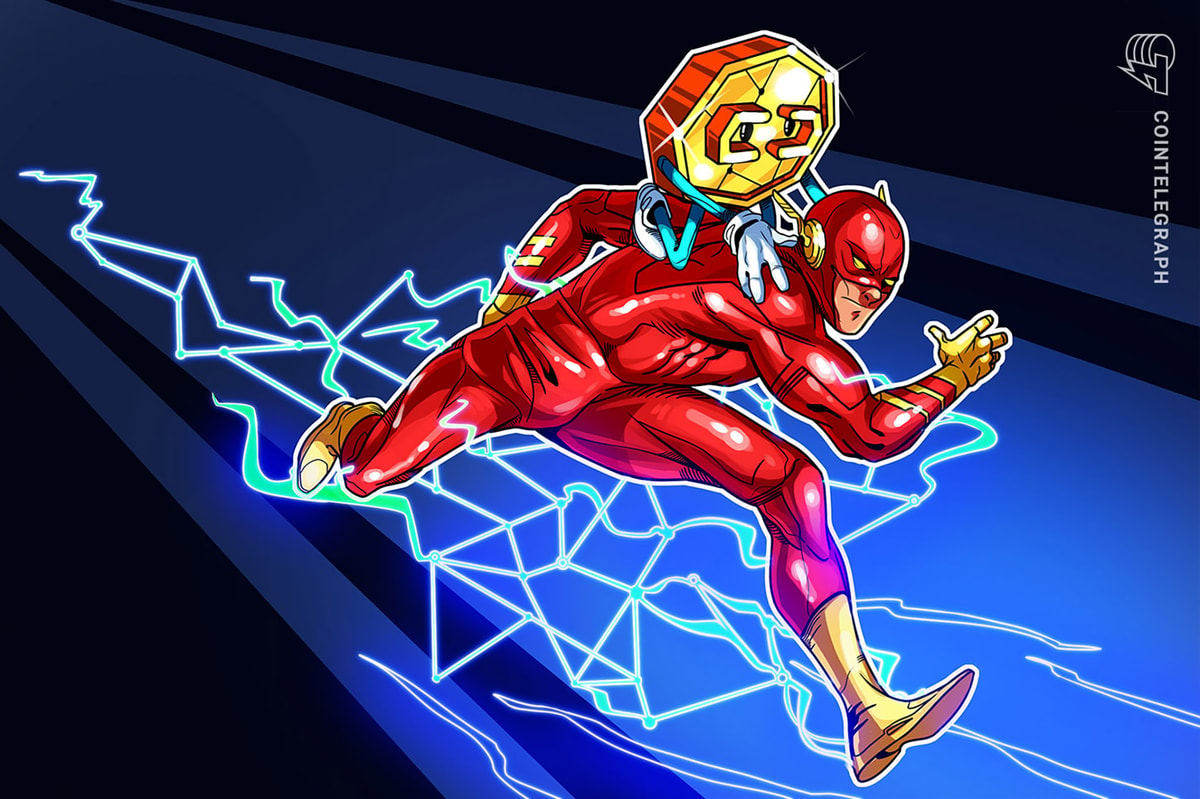To send and receive payments on the Lightning Network, users must first set up a Lightning wallet and fund it with Bitcoin. From there, they can creat
To send and receive payments on the Lightning Network, users must first set up a Lightning wallet and fund it with Bitcoin. From there, they can create payment channels and start transacting. This article will guide users through the process, from setting up their Lightning wallet to making their first Lightning payment.
What is the Lightning Network
The Lightning Network (LN for short, or simply “Lightning”) is a decentralized system for instant, high-volume micropayments that prevents users from delegating custody of funds to trusted third parties. It is a layer-2 protocol — a computer network built on top of the Bitcoin base layer (layer 1), the actual blockchain. The Lightning Network uses the Bitcoin base layer’s high protection standards to secure the network.
Bitcoin is a payment system designed to be slow, and its transactions are finalized in as long as one hour; this is because Bitcoin assembles transactions into blocks spaced on average 10 minutes apart, and payments are considered secure after confirmation of six blocks, which is about one hour. This is not ideal for micropayments and smaller transfers that are typically inefficient due to high base-layer fees.
Imagine people waiting one hour to pay for a coffee or a train ticket when they scan their phone through the station gate. The high fees add up to make the whole payment process clunky, inefficient and too costly for everyday Bitcoin network transactions.
The Lightning Network solves these problems as one of the first implementations of a multi-party smart contract using Bitcoin’s built-in scripting. On the Lightning Network, payments are instant, atomic and are not recorded on the blockchain; therefore, they don’t require block confirmations to finalize. Lightning can be used by retailers for their point-of-sale terminals, by individuals for device-to-device transactions such as remittance payments, or whenever instant payments are needed without the validation of third parties.
The Lightning Network allows users to quickly send and receive Bitcoin (BTC) with virtually no or minimal fees while achieving a throughput (message delivery rate) of approximately 1 million transactions per second (TPS). Compared to Solana, with 65,000 TPS, or even Visa, which has the infrastructure to process around 24,000 TPS, the Lightning Network is by far the fastest payment method available.
To meet the increasing demand for Bitcoin payments and micropayments, the network will need to support a much higher volume of transactions, which would be impossible to scale on the layer-1 chain. This is why the Lightning Network is considered by many the solution to scale Bitcoin in a way that doesn’t affect its decentralization and without delegation of trust and ownership.
Related: Bitcoin vs. Satoshi: Key differences explained
How to pay on the Lightning Network
Users need to get a Lightning Network-enabled Bitcoin wallet — where funds are placed into a two-party, multisignature “channel” Bitcoin address — to make Bitcoin Lightning Network payments. Understandably, the person or the business to be paid will also have a Bitcoin wallet with access to Lightning.
Most wallets are mobile due to a phone’s ease and frequency of performing instant payments. Examples of Bitcoin Lightning wallet apps include Muun, Wallet of Satoshi, Phoenix and Cash App, and they can be downloaded on both iOS and Android devices. Muun facilitates submarine swaps, a fast trade between on-chain and off-chain digital assets.
Submarine swap is a type of off-chain cryptocurrency transaction that allows for the exchange of one cryptocurrency for another. It uses the Lightning Network to facilitate fast and low-cost transactions. Phoenix (a non-custodial wallet) and Wallet of Satoshi provide nearly instantaneous safe payments with minimal fees.
Most wallets are non-custodial, meaning that the Bitcoin funds are under the custody of the owners only, and they have a multi-signature feature as an extra layer of protection for the private key.
By depositing BTC into a Lightning wallet, users open a channel, and that is their entry into the network. Even if it’s impossible to see, every time a user pays a new person or a new business with the Lightning Network, the user opens a channel with that counterparty.
This channel can be direct and created on purpose between two parties to transact easily. Alternatively, it can be a routing payment over Lightning, allowing Lightning transactions between two unconnected parties to use a series of pre-existing channels.
Once users establish a channel, they will access the entire network’s public channels, all stitched together and ready to route payments, with lightning nodes searching for the best route to perform the transaction. This is why when users pay a new retailer, they can do it instantly just by scanning the QR code, without having to open a direct channel.
Payments occur through a channel instantly, with near-zero fees, without…
cointelegraph.com
